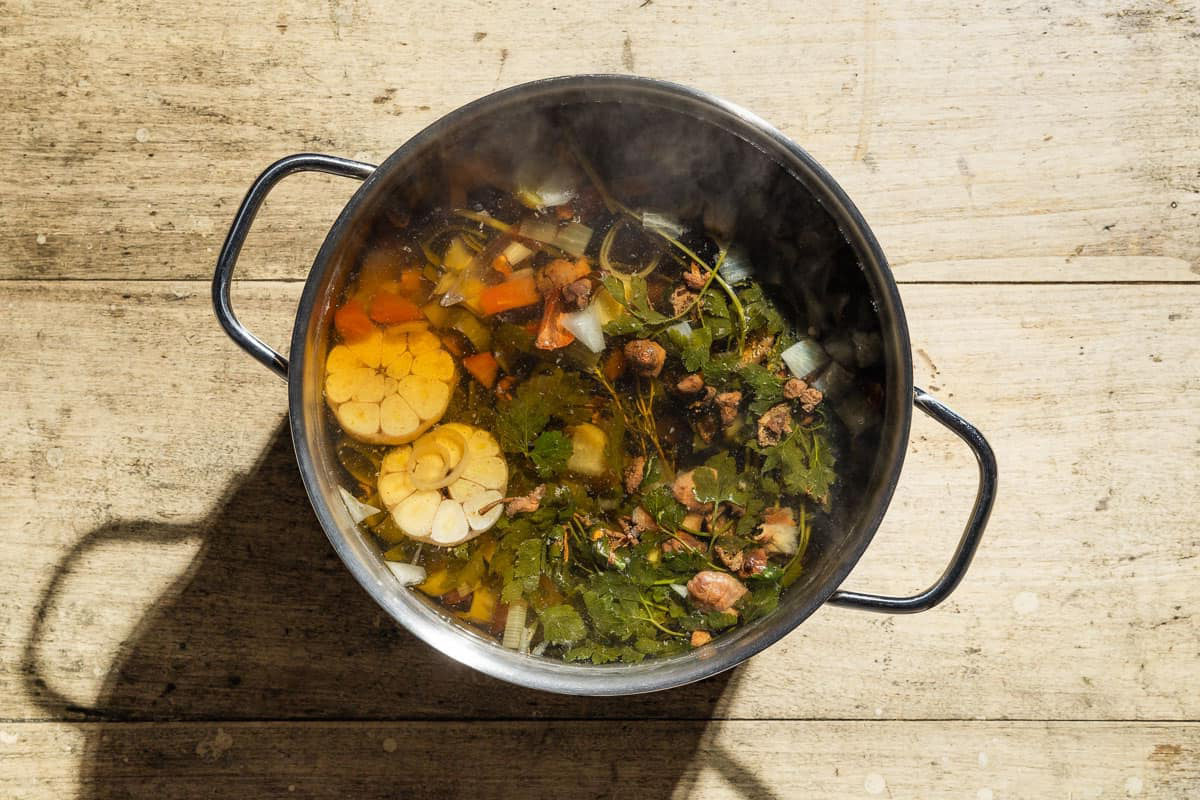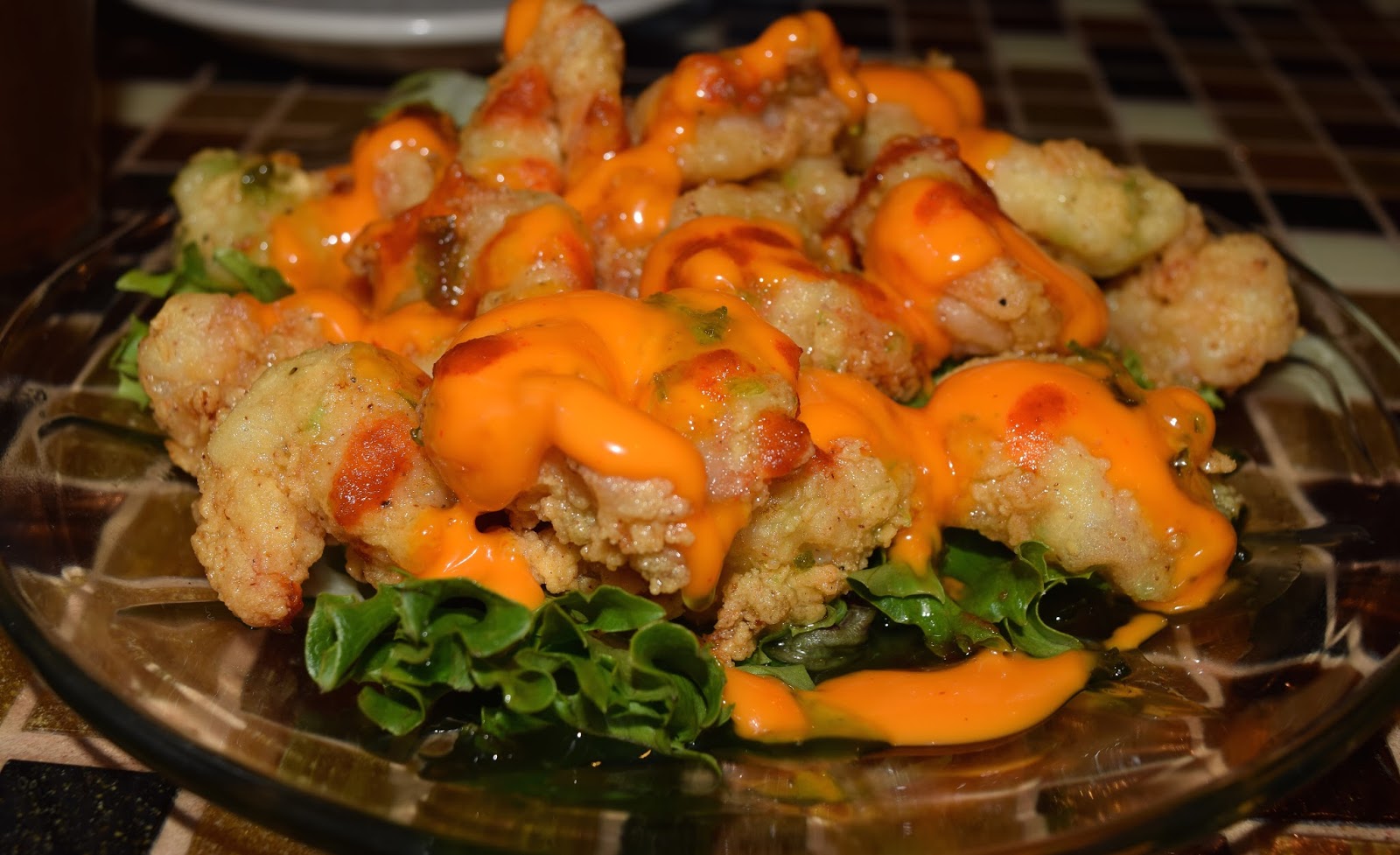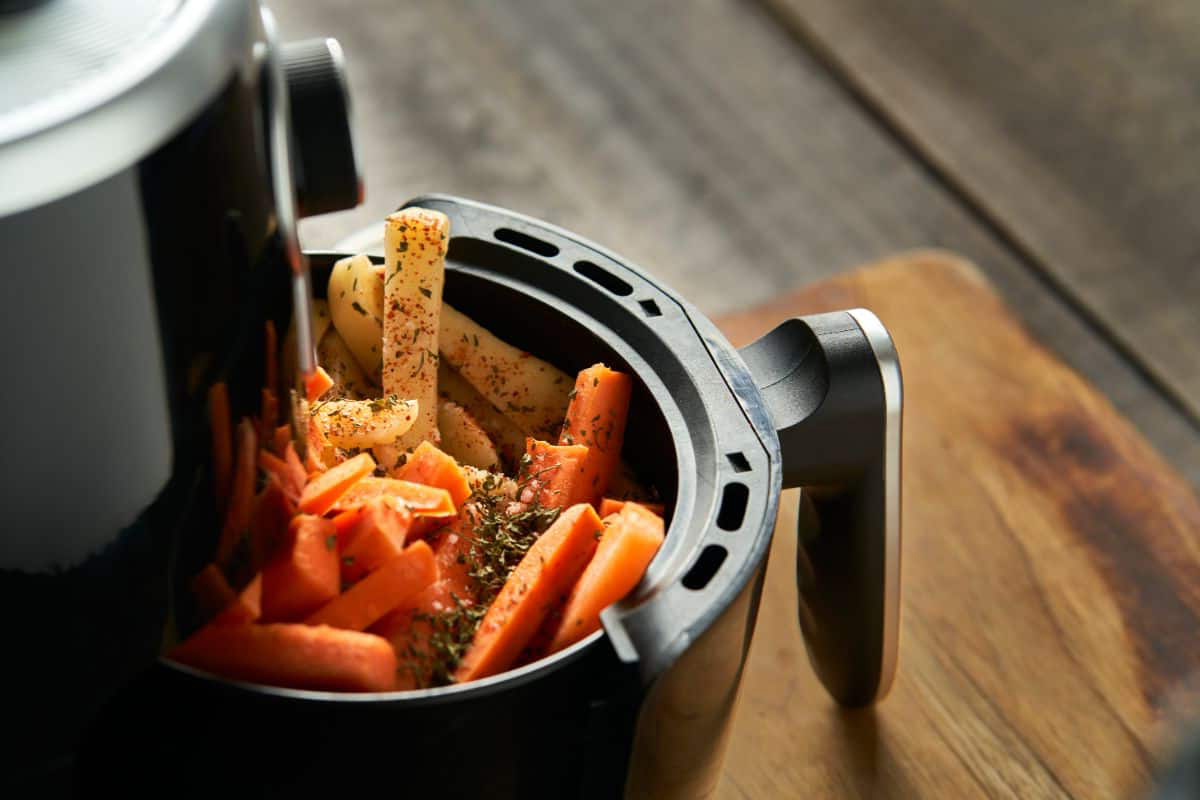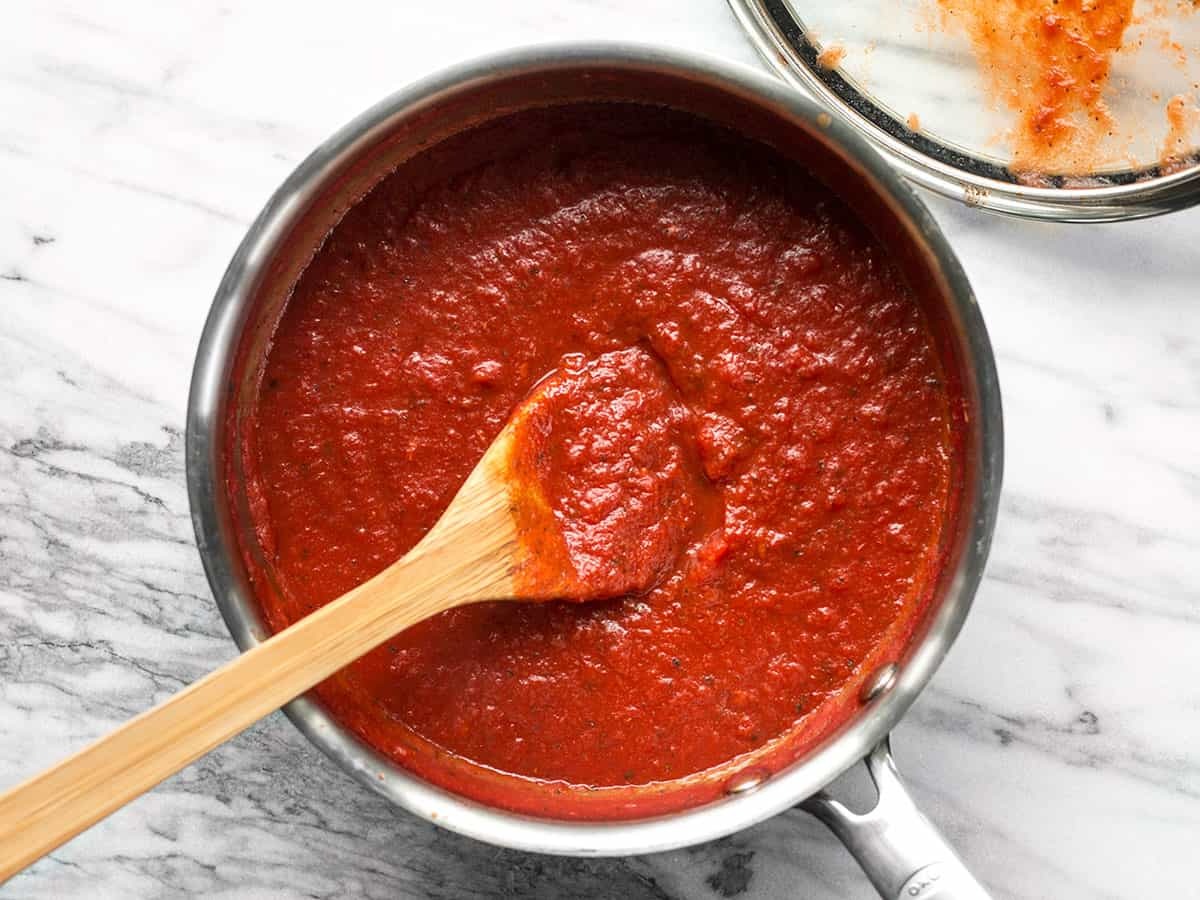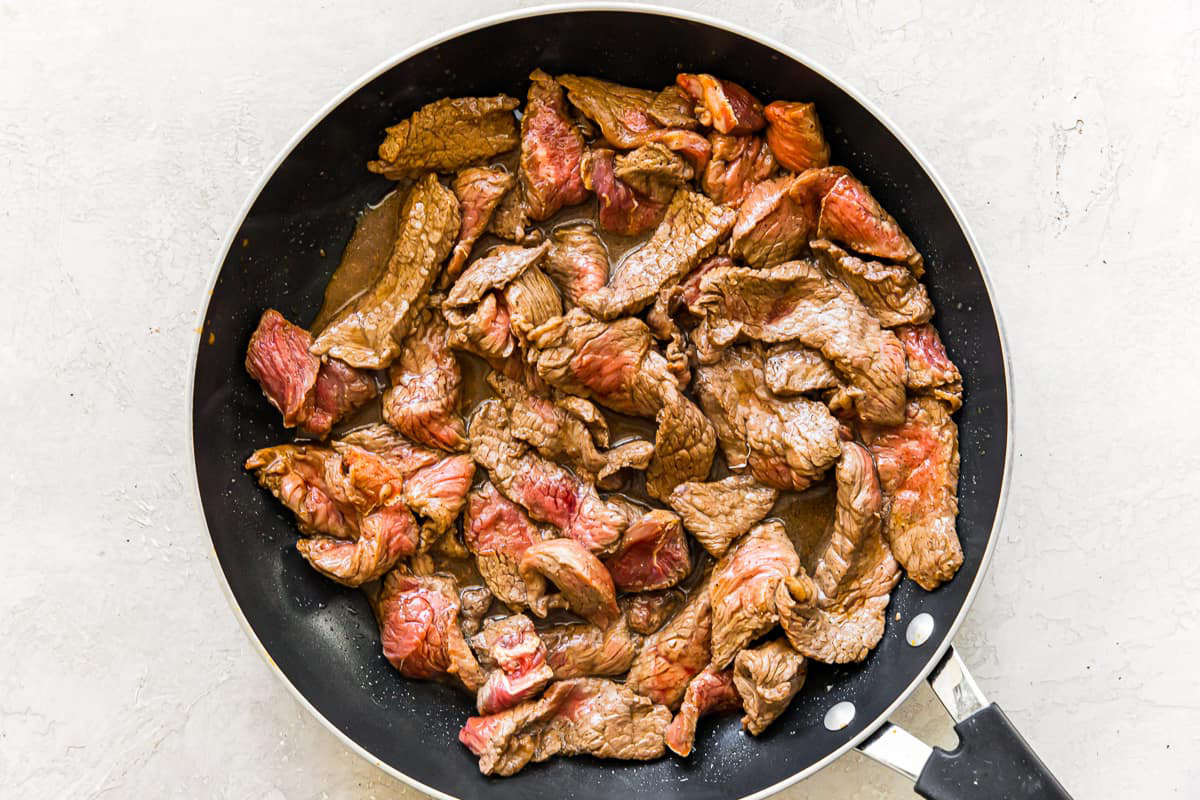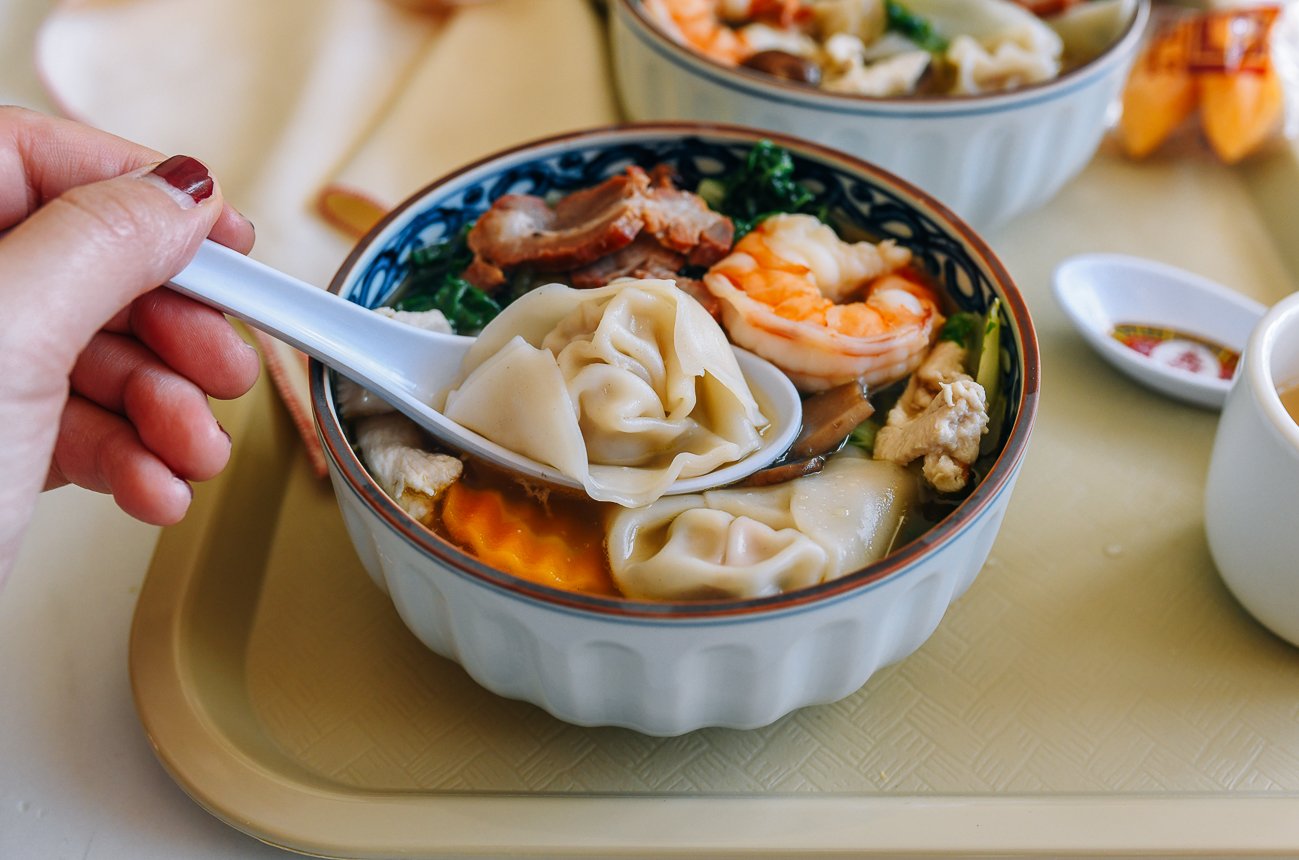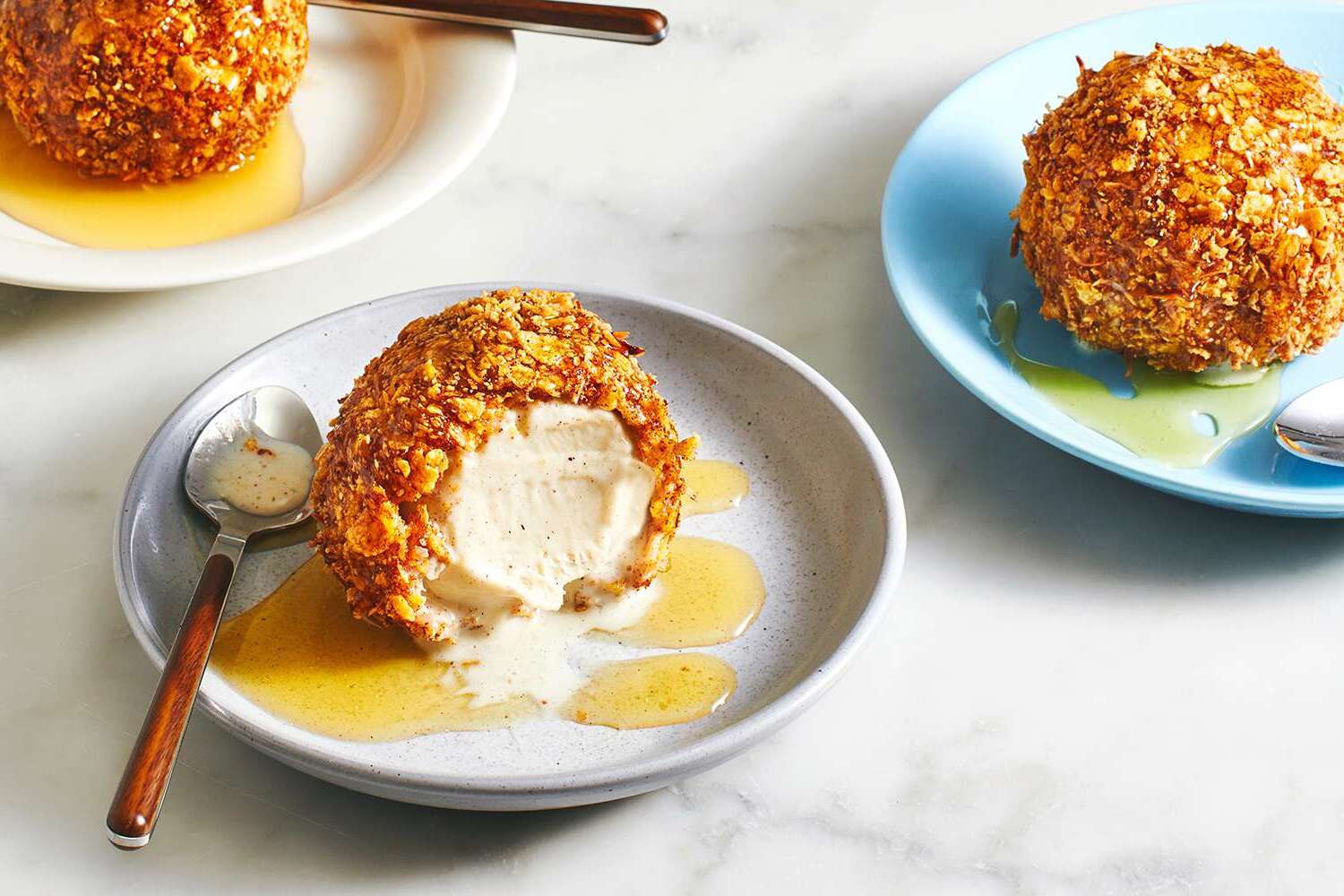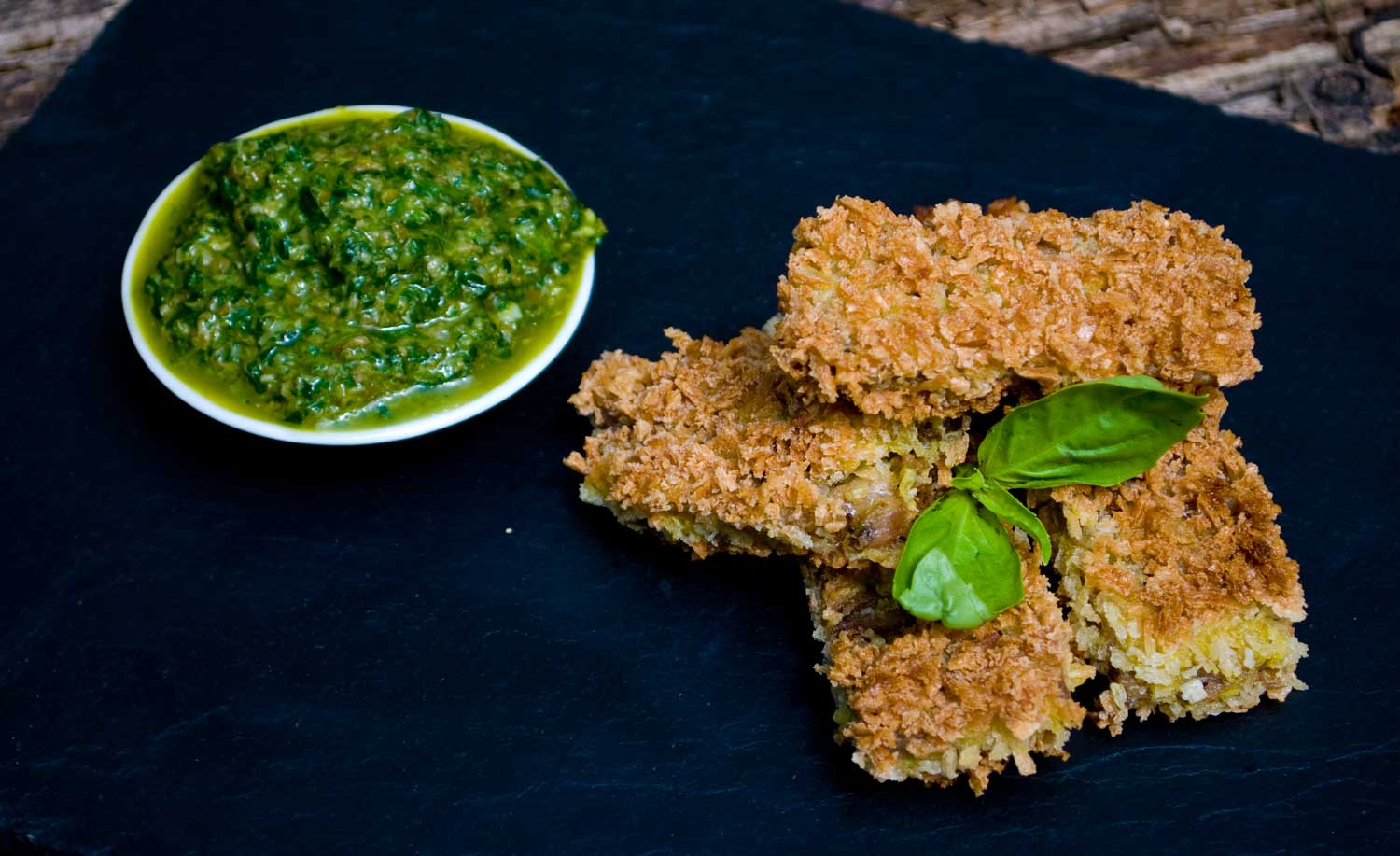When it comes to sushi, there are countless varieties to choose from, each offering a unique blend of flavors and textures. One such option is the Oshinko roll, a popular choice for sushi enthusiasts. If you're curious about this delectable dish, read on to discover what makes the Oshinko roll so special.
What is an Oshinko Roll?
The Oshinko roll is a type of sushi roll that originates from Japan. It typically consists of pickled vegetables wrapped in rice and seaweed. The star ingredient of the Oshinko roll is the oshinko, which refers to the pickled vegetables used in the preparation of the roll. These vegetables are pickled using a mixture of vinegar, salt, and sugar, resulting in a tangy and slightly sweet flavor profile.
Ingredients
The key ingredients used in an Oshinko roll include:
- Oshinko: This can refer to a variety of pickled vegetables such as radish, cucumber, or daikon.
- Sushi Rice: Short-grain rice seasoned with vinegar, sugar, and salt.
- Nori: Sheets of dried seaweed used to wrap the rice and filling.
How is it Made?
The process of making an Oshinko roll involves several steps:
- Preparing the Rice: Sushi rice is seasoned with a mixture of vinegar, sugar, and salt to achieve the perfect balance of flavors.
- Preparing the Oshinko: The pickled vegetables are sliced into thin strips or julienne cuts, ready to be used as the filling for the roll.
- Assembling the Roll: A sheet of nori is laid out, and a layer of seasoned rice is spread evenly over it. The oshinko is then placed on top of the rice, and the entire assembly is carefully rolled into a cylindrical shape using a bamboo mat.
Flavor Profile
The Oshinko roll offers a delightful combination of flavors and textures. The tangy and slightly sweet taste of the pickled vegetables contrasts beautifully with the savory sushi rice and the umami-rich nori. The crunchy texture of the oshinko adds a satisfying element to each bite, making it a favorite among sushi aficionados.
Serving Suggestions
Oshinko rolls are often served as part of a sushi platter or enjoyed on their own as a light and refreshing snack. They pair well with a variety of dipping sauces, such as soy sauce, wasabi, and pickled ginger, allowing you to customize the flavor to your liking.
Where to Find Oshinko Rolls
Oshinko rolls are commonly found in Japanese restaurants and sushi bars. They are often featured on the menu alongside other popular sushi rolls and nigiri. If you're eager to try this delectable dish, be sure to check out your local Japanese dining establishments.
In Conclusion
The Oshinko roll is a delightful and flavorful option for sushi lovers. With its tangy pickled vegetables and satisfying texture, it offers a unique dining experience that is not to be missed. Whether you're a seasoned sushi enthusiast or a newcomer to Japanese cuisine, the Oshinko roll is definitely worth a try. So, the next time you find yourself at a sushi restaurant, consider ordering an Oshinko roll and savoring its delicious taste.
Was this page helpful?
Read Next: What Is Panko Fried Chicken?
